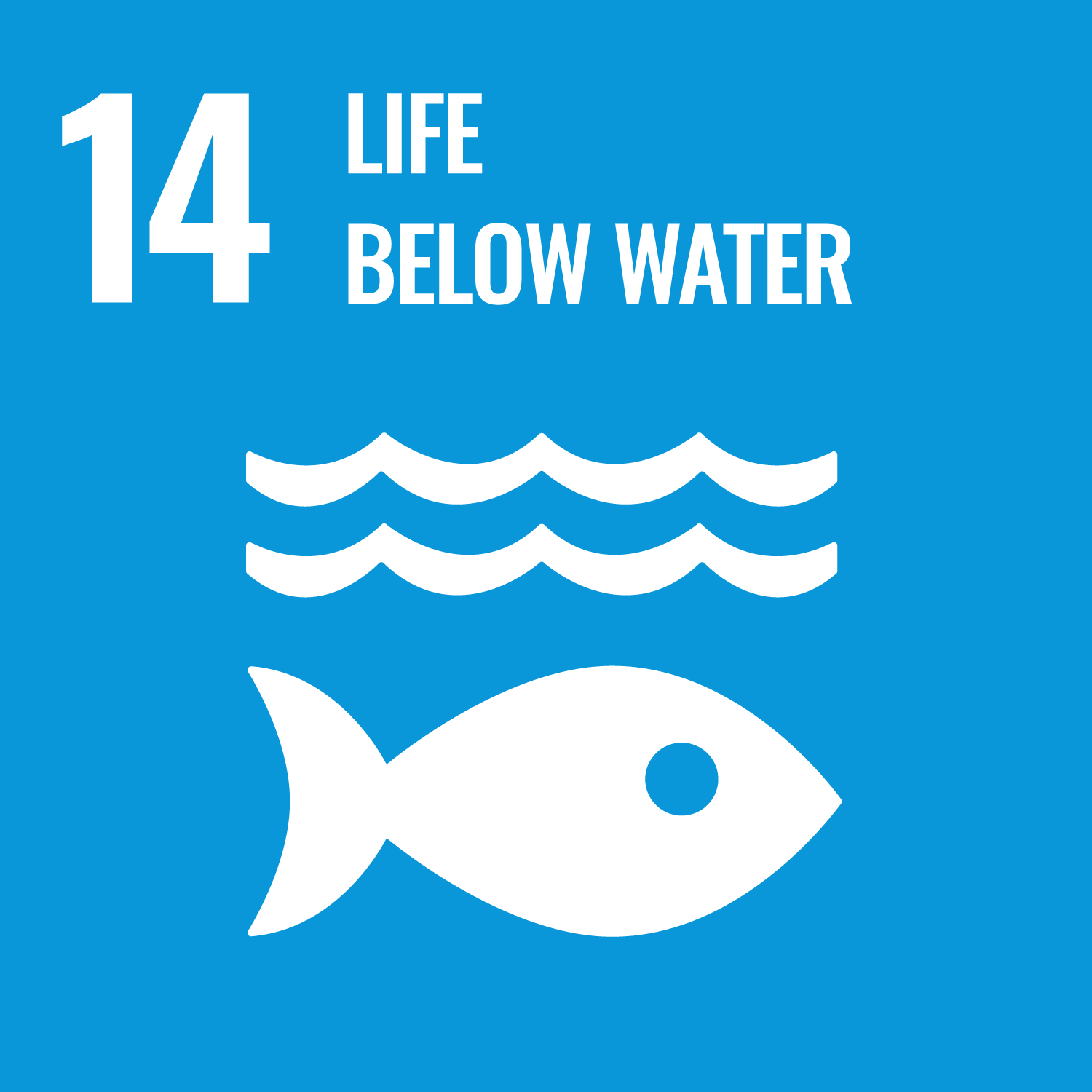ORCID
- R. C. Thompson: 0000-0003-2262-6621
Abstract
Plastics are persistent and pervasive throughout the environment and have now been reported from the deepest parts of the ocean to the tops of the highest and most remote mountains. There is a body of information on the sources, degradation, and transport of plastics as well as a variety of research investigating the ecotoxicological and wider ecological consequences of plastic ingestion and accumulation. Such knowledge has been obtained with developments in field and laboratory methods for plastic identification and then well-publicized in the media and wider public communications. However, although there has been a large focus on plastic pollution within the past decade, there is plenty that we do not yet know. Even within the past five years, sources of microplastics (1 μm–5 mm) to the environment have been confirmed that had not previously been considered, for example, road paints and tire wear particles. Initial research focused on plastic in the marine environment, but understanding on the accumulation and impacts in terrestrial and freshwater environments is growing. There is a substantial lack of basic science focused on the efficiency of solutions aimed at mitigating plastic pollution. This review highlights some recent (past five years) research on plastics in the environment, including investigations in accumulation, sources, distribution, impacts, solutions and provides directions for future work.
Publication Date
2023-11-13
Publication Title
Annual Review of Environment and Resources
Volume
48
Issue
1
ISSN
1543-5938
Deposit Date
2023-12-20
First Page
55
Last Page
79
Recommended Citation
Napper, I., & Thompson, R. (2023) 'Plastics and the Environment', Annual Review of Environment and Resources, 48(1), pp. 55-79. Available at: 10.1146/annurev-environ-112522-072642


